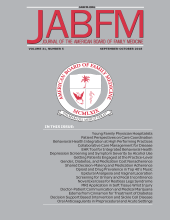Abstract
Background: Postpartum eclampsia is a rare, frightening, and potentially tragic complication of hypertensive pregnancies, usually developing within 48 hours of delivery. Seizures occurring days to weeks after parturition are exceedingly uncommon and require rapid, precise clinical evaluation by multiple specialists. .
Methods: A case presentation of delayed postpartum eclampsia illustrates unique features of the syndrome. Extensive review of the literature highlights pathogenesis, controversies, and dilemmas surrounding this enigmatic hypertensive disorder.
Results and Conclusions: A 39-year-old hypertensive patient had an uneventful full-term delivery by her family physician only to develop headache, double vision, and recurrent tonic-clonic seizures 16 days later. Initial evaluation showed severe hypertension, diplopia, hyperreflexia, proteinuria, and hyperuricemia. She was given a magnesium sulfate infusion. Magnetic resonance imaging (MRI) documented asymmetric ischemic foci within gray matter in the distribution of the posterior cerebral arteries. All symptoms, signs, and abnormal laboratory values resolved within 4 days. A follow-up MRI showed complete resolution of all cytotoxic cortical lesions. Based on human autopsy data, radiologic investigations, and animal studies, eclampsia is believed to result from explosive vasospasm, endothelial dysfunction, and cytotoxic edema of cerebral cortex. This central nervous system vasculopathy is most prominent in the posterior cerebral vasculature and is often rapidly reversible. Difficulties in differential diagnosis, typical findings on neuroimaging, and urgent management strategies are discussed. The time limit for postpartum eclampsia probably should be lengthened to 4 weeks, as indicated by our case and other clinical series.






